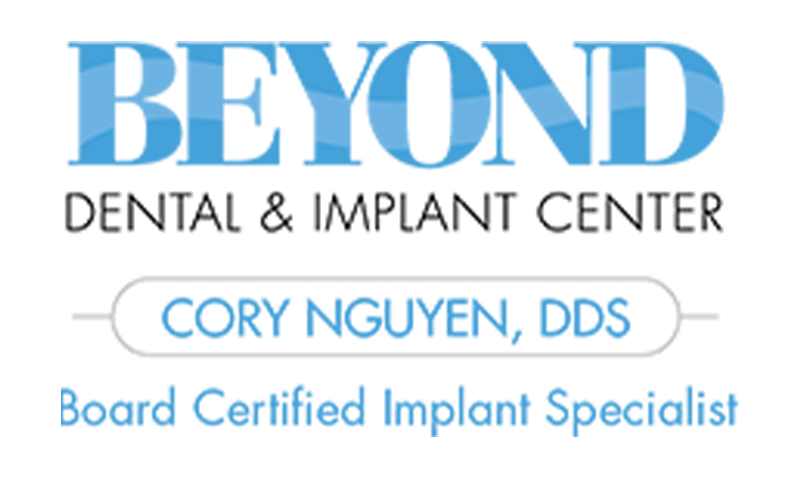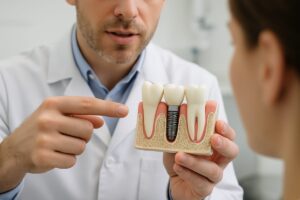Detailed Guide: Invisalign vs Braces Costs
Invisalign and braces are widely recognized orthodontic services that cater to aligning teeth abnormalities. Choosing between these relies largely on the severity of your dental issue and lifestyle preferences. At the Beyond Dental & Implant Center, we have partnered with the multi-certified Dr. Cory Nguyen DDS to provide you with superior and personalized orthodontic service. To garner more information or fix an appointment, kindly reach out to us. We’re constantly accepting new patient registrations and are conveniently located at 13655 Preston Rd Suite 100 Dallas, TX 75240.
Frequently Asked Questions:
1.
Invisalign or braces: Which is cheaper?
The cost of these treatments is majorly dependent on the severity of the case. Generally, Invisalign tends to be cheaper for less severe cases. Invisalign usually starts at an approximate cost of $3,500 for simple cases, but can rise up to about $8,000 for advanced cases. However, braces prove to be more efficient for treating severe cases, though the starting cost is usually more than Invisalign ($4,000 for simple cases) and may rise to about $10,000 for severe cases.
2.
Invisalign or braces: Which requires lesser time?
The typical treatment duration for Invisalign is often shorter than braces when worn as recommended. However, bear in mind that less severe orthodontic cases that can be treated with Invisalign typically require less correction time. The average treatment duration for Invisalign is around 12 months, whereas braces usually take 18 to 24 months.
3.
Invisalign or braces: Which is less discomforting?
Both treatments may cause toothache or sensitivity due to shifting after adjustments or when a new aligner is used. However, Invisalign stands less irritating as there are no wires or brackets unlike braces, thereby making it the less painful alternative.
4.
Invisalign or braces: Which is more effective?
The effectiveness of the treatment totally depends on the misalignment severity of the teeth. Invisalign can prove highly effective for minor realignments, whereas braces can apply more force and adjust multiple teeth at once, making them a perfect solution for complicated orthodontic cases.
5.
Invisalign or braces: Which is easier to handle?
One of the reasons why adults opt for Invisalign during mild to moderate misalignments is due to its ease of maintaining oral hygiene since the aligners can be removed before brushing and flossing. However, these clear aligners must be worn constantly and need to be cleaned carefully when not in use. On the other hand, braces, given they are adhered to the teeth, pose more difficulty in cleaning but require less frequent maintenance, barring the exclusion of food items that may damage the wires or brackets.
Wide-Ranging Dental Services at Beyond Dental & Implant Center
Irrespective of your dental problems, we’ve got you covered. We provide services to patients not just from Dallas TX, but also from Plano TX, Addison TX, Garland TX, Richardson TX, Carrollton TX, and beyond.
Additional Services:
Dental Implant |
Cosmetic Dentistry |
Restorative Dentistry |
Orthodontics |
Family Dentistry |
TMJ |
Smile Makeovers |
Clear Braces |
Sleep Apnea Treatment |
Tongue Tie Surgery |
Neuromuscular Orthodontics |
All-On-4 Treatment Concept |
Lip Tie Surgery |
Zygomatic Implants |
Pterygoid Implants |
Neuromuscular Dentistry |
Gum Graft Treatment |
Wisdom Teeth Removal





